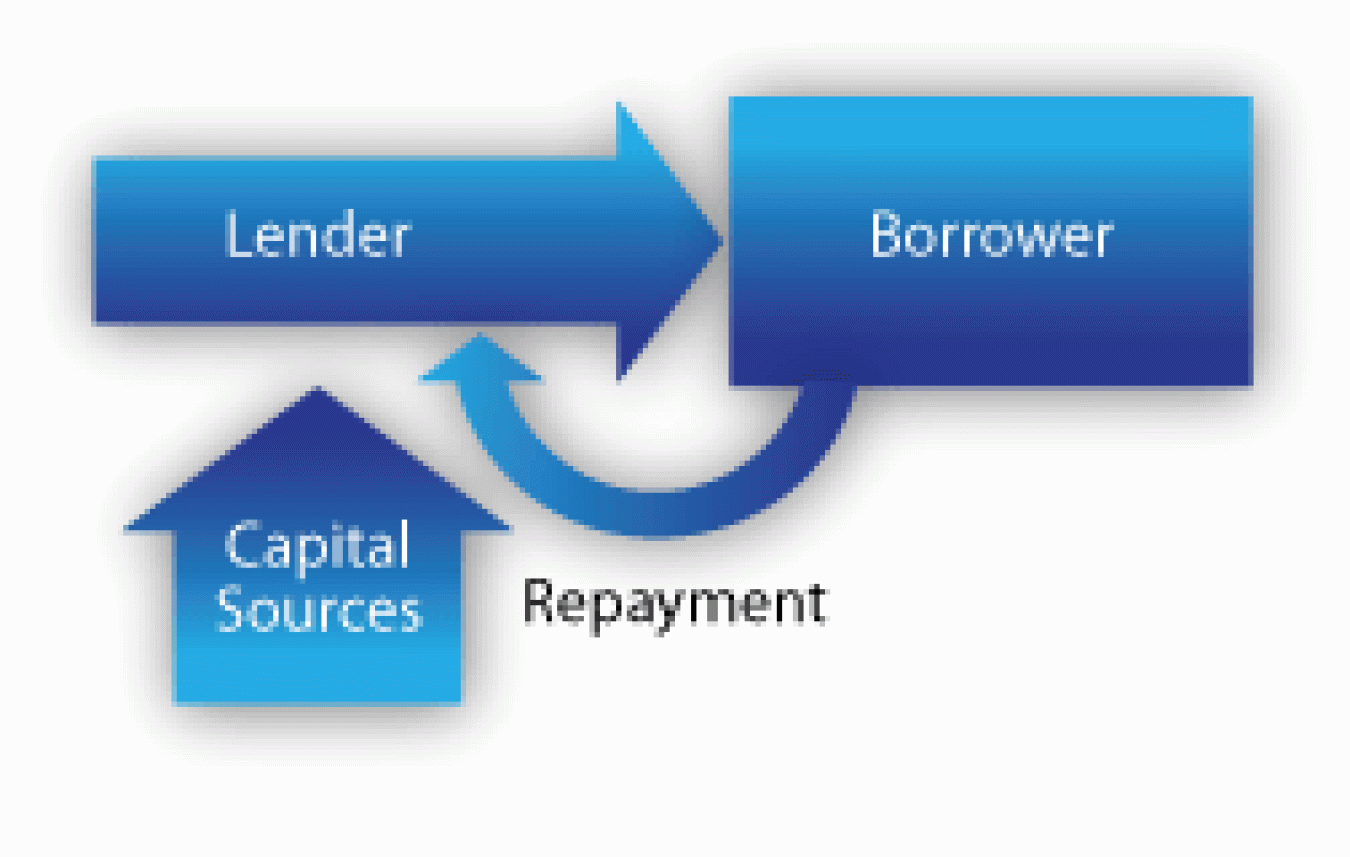
The third component in the financing process is capital sources.
The most important elements of a clean energy lending program are the capital source and the capital provider. The capital source provides the funding to pay for clean energy projects, and the capital provider manages those funding sources. For example, a bank might use its customers' deposits as a capital source, but as the capital provider, the bank manages the investment of that capital.
Capital sources and providers can be from one or a combination of the following:
- Bonds
- Bank capital
- Credit union capital
- Foundation grants and funds
- Community Reinvestment Act funds
- Federal funds
- State government funds
- Utility system benefit charges and ratepayer funds
- Local government general funds
- Emissions allowance revenues.
Bonds
Bonds consist of many different types of funds that are too numerous to describe here. Some of the more common types of bonds are tax-exempt bonds that can fund investments in government facilities or, subject to many limitations, investments in certain private activities. Those are known as private activity bonds.
Bank Capital
Banks can invest their own depository capital in clean energy lending projects if they feel the return is sufficient, given their understanding of the risk involved in the investment.
Credit Union Capital
Like banks, credit unions invest their capital in projects for which they feel the return will justify the risks as they understand them. Credit unions tend to be smaller than most national banks and are closely tied to particular communities or constituents. Credit unions may also have less capital to lend and a smaller network of branches than the larger banks.
Foundation Grants and Funds
Community development financial institutions (CDFIs) receive foundation grants to cover their operations and make loans to businesses, nonprofits, and homeowners in the community. CDFIs also receive foundation program-related investment (PRI) funds. Those are funds that foundations can legally place with CDFIs as an investment with a low interest rate, typically 2% to 3%.
Community Reinvestment Act Funds
Commercial financial institutions often meet their regulatory responsibilities under the federal Community Reinvestment Act by placing funds at a low interest rate with CDFI lenders. Like PRI funds, these investments often earn a below-market rate of 2% to 3%. In turn, CDFI lenders are expected to lend the funds at that same low rate plus a small interest rate spread that typically ranges from 2% to 3%.
Federal Funds
Federal funds, whether from U.S. Department of Energy (DOE) initiatives such as the State Energy Program or other agencies, can be a source for loan capital. As long as those funds are used to support qualifying clean energy investments, they are a flexible funding source with few restrictions. Another possible federal resource is the funding designated to support lower income populations, such as the U.S. Department of Housing and Urban Development's CDFIs, may also be able to access grants from the U.S. Treasury to provide loan capital to targeted groups.
State Government Funds
Government entities can make loans and have often done so. For instance, some state energy offices created clean energy lending programs in the late 1980s and early 1990s using allocations of funds through DOE and from certain legal settlements. Other state financing authorities operate lending programs using a number of different capital sources. State and local financing authorities are diverse, but tend to operate in collaboration (rather than in competition) with private financial institutions. State financing authorities lend in markets that are not attractive to private entities, such as loans to cash-strapped nonprofits, or co-lend with private financial institutions. In some cases, government entities make direct loans, too. In some cases, state treasurers may be willing to invest a portion of their capital in energy efficiency lending.
Utility System Benefit Funds
Public utility commissions will often require utilities to collect funds from their bill payers to support clean energy programs, including financing programs. These funds can provide direct loan capital, credit enhancements, technical assistance, rebates, and other support for energy efficiency and renewable energy projects. Utility customer-funded program spending on energy efficiency alone was almost $5 billion in 2010 (Barbose et al. 2013).
Local Government General Funds
Tax revenues can sometimes capitalize on a clean energy or solar energy loan program. Many jurisdictions, however, are experiencing reduced tax revenues and budget cuts, which limit their ability to capitalize on loan programs using their general funds.
Emissions Allowance Revenues
States that receive revenues from participating in a cap-and-trade structure (e.g., the Regional Greenhouse Gas Initiative) can use those funds to seed clean energy finance programs.
